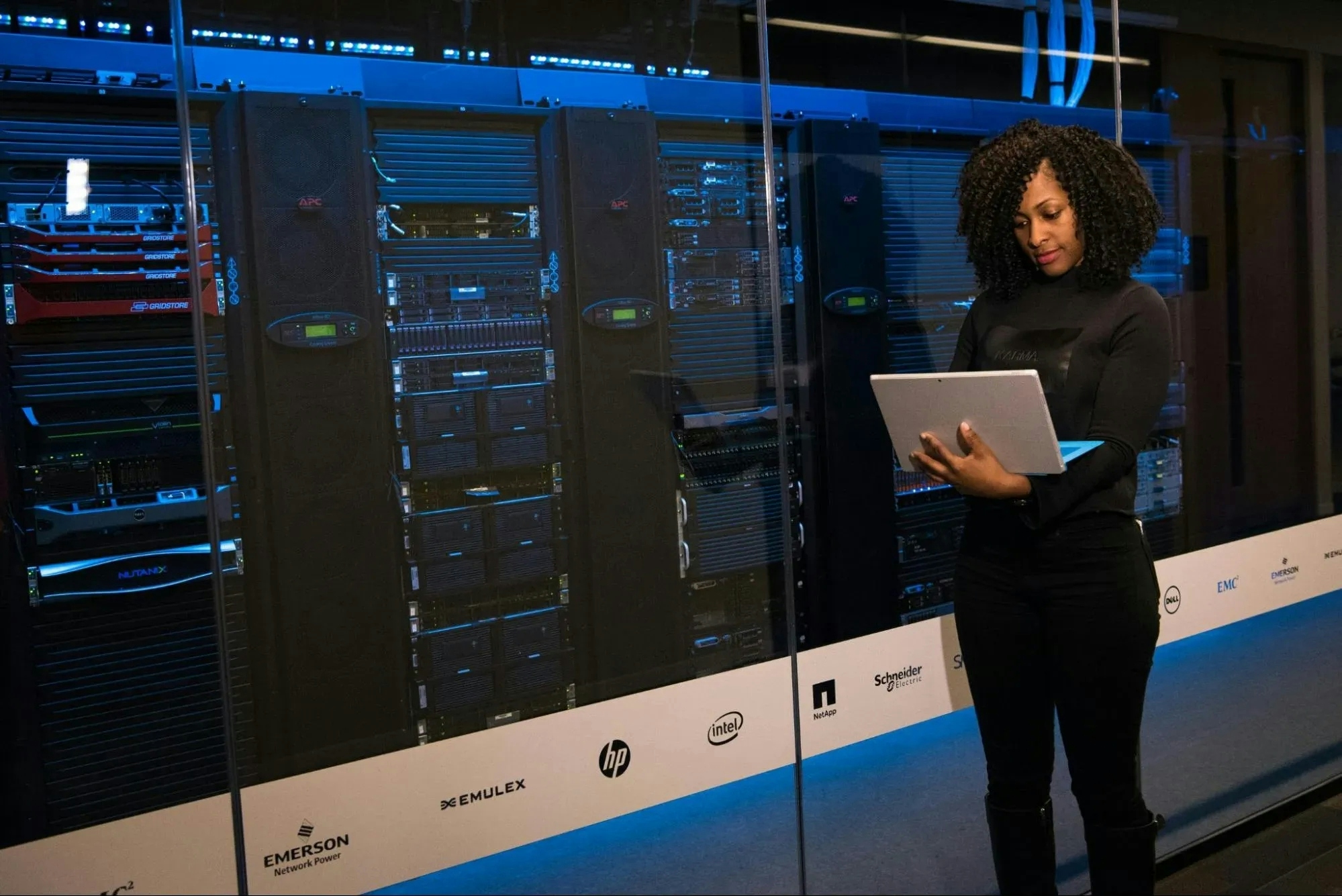What Are Success Stories of New Technology Integration in IT Infrastructure?
ITInsights.io

What Are Success Stories of New Technology Integration in IT Infrastructure?
When it comes to integrating new technologies into existing IT infrastructures, we've gathered success stories from top industry leaders, including a CTO who emphasizes the importance of an API-First Integration Strategy. Alongside expert insights, we also present additional answers that reflect a diversity of experiences and perspectives. From the transformative impact of leveraging APIs to the exploratory edge of quantum computing, join us as we uncover key factors for seamless technological adoption.
- Leverage API-First Integration Strategy
- Understand User Outcomes for Adoption
- Embrace Cloud Computing for Flexibility
- Implement Machine Learning for Predictive Maintenance
- Enhance Security with Blockchain Technology
- Optimize Energy with IoT Devices
- Explore Quantum Computing's Potential
Leverage API-First Integration Strategy
Prioritizing a focused API-first approach involves strategically encapsulating existing systems as APIs, ensuring the seamless consumption of these systems through APIs from the new technology. This technical strategy preserves infrastructure and expedites the integration process by leveraging the reuse of existing systems. The result is evident in improved system modularity, streamlined communication, and enhanced scalability, while adhering to security standards. This integration approach showcases the technical precision required for successful product evolution, underlining the importance of adapting existing systems within evolving security frameworks. Moreover, recognizing and empowering teams in navigating these technical transitions plays a pivotal role in achieving a seamless and effective integration.

Understand User Outcomes for Adoption
As technology professionals, we know that successful user adoption of any new feature starts in the discovery and requirements phase, ensuring you truly understand the outcomes that your users seek to achieve. I prefer an ethnographic approach combined with using the 'Jobs to Be Done' framework to really understand the 'why' and the 'what' of what the user is trying to accomplish. When working with small to medium-sized businesses, this is often a business outcome.
Once you have solid requirements, the next important aspect is ensuring end-user participation throughout the development process. It's not only important that you have solidly defined success criteria before you start development (or SaaS product customization), but it's also vital that users participate in your sprint demos and see the evolution of the product as it is developed or configured.
Finally, it's important early in the development/configuration phase that you are focused on launch readiness and recognizing the reality of how challenging organizational change management can be. If you want smooth adoption, it's critical to communicate early (emphasizing the 'what's in it for me'), have solid training (early access or sandbox access is a benefit if possible), and allow users the time to understand and assimilate the necessary changes before they see it show up on your technology platform.

Embrace Cloud Computing for Flexibility
Cloud computing has been a game-changer by allowing businesses around the world to store data and software on remote servers. This technology has made it possible to access data from anywhere, at any time, which is incredibly helpful for companies with employees in multiple time zones. Collaboration on projects is now easier than ever, as team members can work on the same documents simultaneously without the need to be in the same room.
Moreover, cloud services often come with advanced security features, ensuring that sensitive data is well-protected. Companies looking to improve their team's productivity may want to consider switching to cloud-based solutions.
Implement Machine Learning for Predictive Maintenance
Integrating machine learning algorithms into IT infrastructure has markedly increased the efficiency of predictive maintenance. By analyzing data from machinery, these algorithms can detect patterns that indicate potential failures before they happen. This allows businesses to perform maintenance only when needed, reducing downtime and saving costs.
The use of these algorithms is a step forward in preventing unexpected equipment failures and ensuring operational efficiency. Organizations aiming to minimize maintenance costs and improve equipment longevity should explore the integration of machine learning into their maintenance routines.
Enhance Security with Blockchain Technology
Blockchain technology has emerged as a transformative force for secure transaction processing. Its ability to create tamper-proof records ensures that once data is committed to the blockchain, it cannot be altered. This has immense implications for industries like finance and healthcare, where maintaining the integrity of transaction records is of utmost importance.
Blockchain's distributed ledger also means that the system is less likely to suffer from outages, as there is no single point of failure. Enterprises looking to enhance their transaction security should investigate how blockchain can be incorporated into their operations.
Optimize Energy with IoT Devices
The integration of Internet of Things (IoT) devices into IT infrastructure has enabled the development of smarter, energy-efficient buildings. These devices can monitor and control various aspects of a building's operations, such as lighting, heating, and air conditioning, to optimize energy usage. As a result, buildings not only become more comfortable for occupants, but they also contribute to energy conservation and cost savings.
Furthermore, the data collected by IoT devices can be used to inform future building designs. Property managers and developers interested in reducing their environmental footprint should consider implementing IoT solutions in the management of their buildings.
Explore Quantum Computing's Potential
Quantum computing is on the frontier of technology, pushing the boundaries of what's possible in problem-solving. It holds the promise of processing power far beyond what current computers can achieve, opening up new possibilities for tackling extremely complex tasks. Industries that deal with large-scale data analysis, such as pharmaceuticals and cryptography, stand to benefit greatly as quantum computing continues to evolve.
This emerging technology may enable breakthroughs that were previously believed to be decades away. Companies at the leading edge of research and development should stay informed about quantum computing advancements and consider how they might apply to their complex challenges.